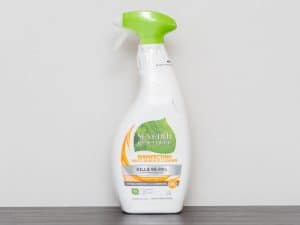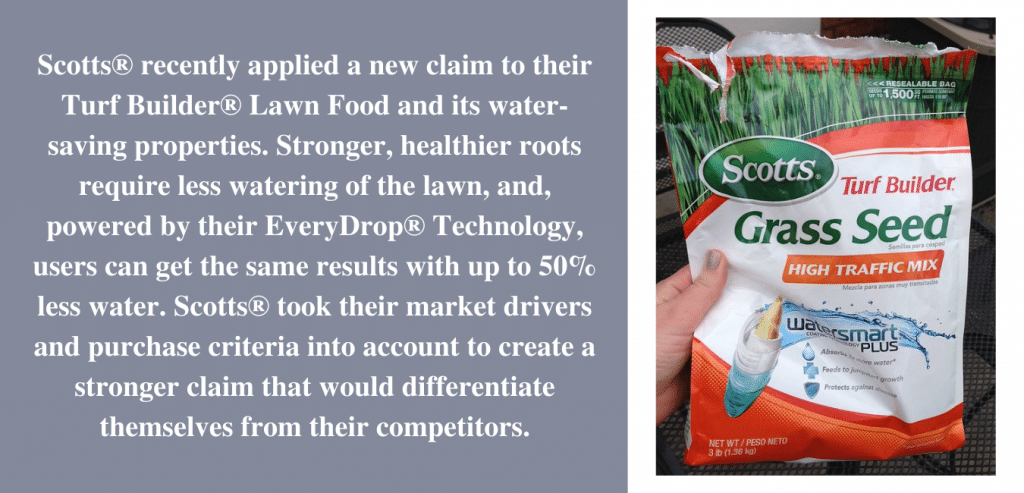The market desire for sustainability and environmentally friendly initiatives is easily said, but frequently difficult to define. To steal a definition from another item that was hard to define:

Official portraits of the 1976 U.S. Supreme Court: Justice Potter Stewart, Library of Congress. Licensed under CC PDM 1.0 and used by Market Edge.
There is a clear market demand for sustainable or eco-friendly products, both at a consumer and corporate level. Companies have shifted their focus to incorporate items that meet a sustainable or eco-friendly standard by labeling their products accordingly. In agriculture markets, it may be important for products to be SCS Certified Pesticide Residue Free™. For building materials and appliance makers the importance of being involved with ENERGY STAR: USA, a government-backed program dedicated to helping the environment through energy efficiency initiatives, could be an important and differentiating aspect of business.
For both ethical and practical reasons, being committed in this space sets companies apart from the competition and helps them become a leader in sustainability best practices. The shift in these initiatives is clear, but what do those tangible items consist of and how do we know it when we see it?
Sustainable and environmentally or eco-friendly products could come in many forms and a short selection of descriptors follows:
- Sustainably sourced
- Recycled and reusable materials
- Lower carbon footprint
- Water preservation
- Recyclable packaging
- No secondary packaging
- Compostable
- Plant-based materials
These descriptions are moving from consumer goods and rapidly entering other market places. The same market drivers are finding their way into B2B markets and the same consumers that are making sustainable choices in their personal lives are working in sourcing, procurement, and regulatory roles in their professional lives.



“Seventh Generation Surface Cleaner” is a work by Ajay Suresh. Licensed under CC BY 2.0 and used by Market Edge.
Axiology Product Features via https://axiologybeauty.com/
EcoEnclose Packaging Features via https://www.ecoenclose.com/
So, what is a marketer to do? Just like trends that we would find in a PEST analysis, we must:
- Explore the primary drivers in your market.
- Define the specific impacts to your business for drivers that are both important and likely.
- Brainstorm approaches to address. We may not create new products, but we should explore ways that we can promote/position the sustainability driver if a purchase criterion exists that impacts our products. Can we address:
- Product
- Packaging
- Delivery
- Other
- Create a compelling position that addresses the need!

“Scotts® Example” is a derivative from “Focusing on the outdoors.” by Emily May, licensed under CC BY 2.0 and used by Market Edge.
Market dynamics are not easy to predict or address, however, market dynamics create the opportunity for us to craft messages that define our products on our terms. Our customers may not know what it is, but if we help them, they will know it when they see it!
For additional insights on market driver analyses and ways to develop compelling positioning/offers, fill out the information below. A Market Edge consultant will be in touch:
